You can contact LEARNZ, part of CORE Education, at:
Postal Address:
PO Box 13 678,
Christchurch 8141,
New Zealand
Many earthquakes happen each year in and around New Zealand, but only a small number of these are felt.
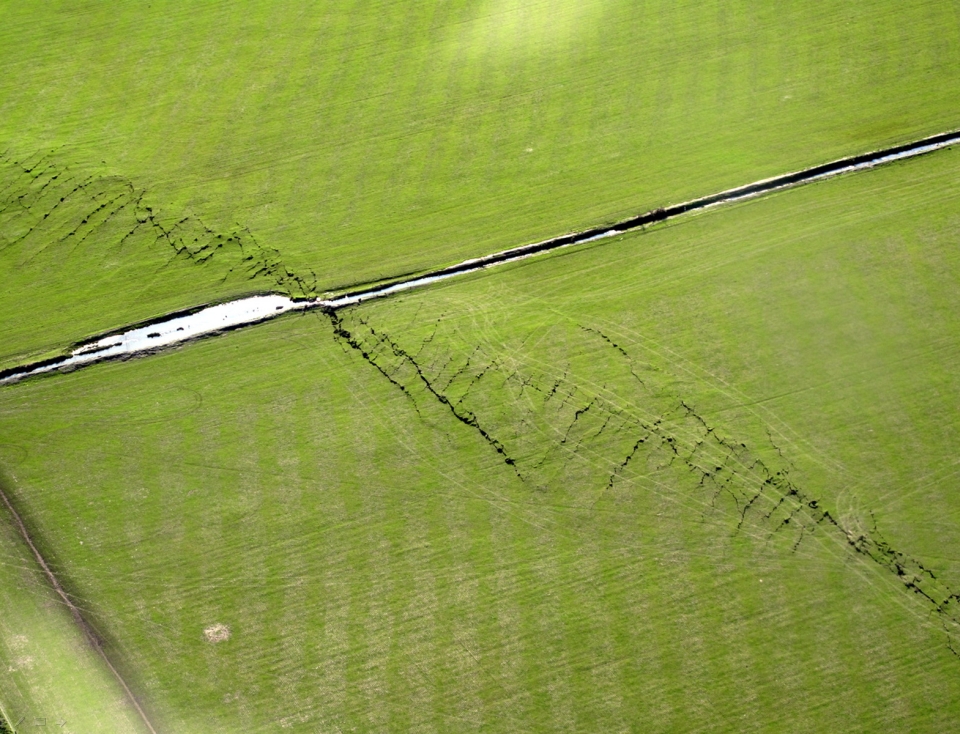
An earthquake is the shaking of the Earth’s surface, caused by a sudden release of energy from the ground.
Most earthquakes start with the release of energy on faults. Faults are breaks in the ground that go deep within the Earth’s crust. Pressure builds up along faults because tectonic plates constantly scrape over, under or past each other.
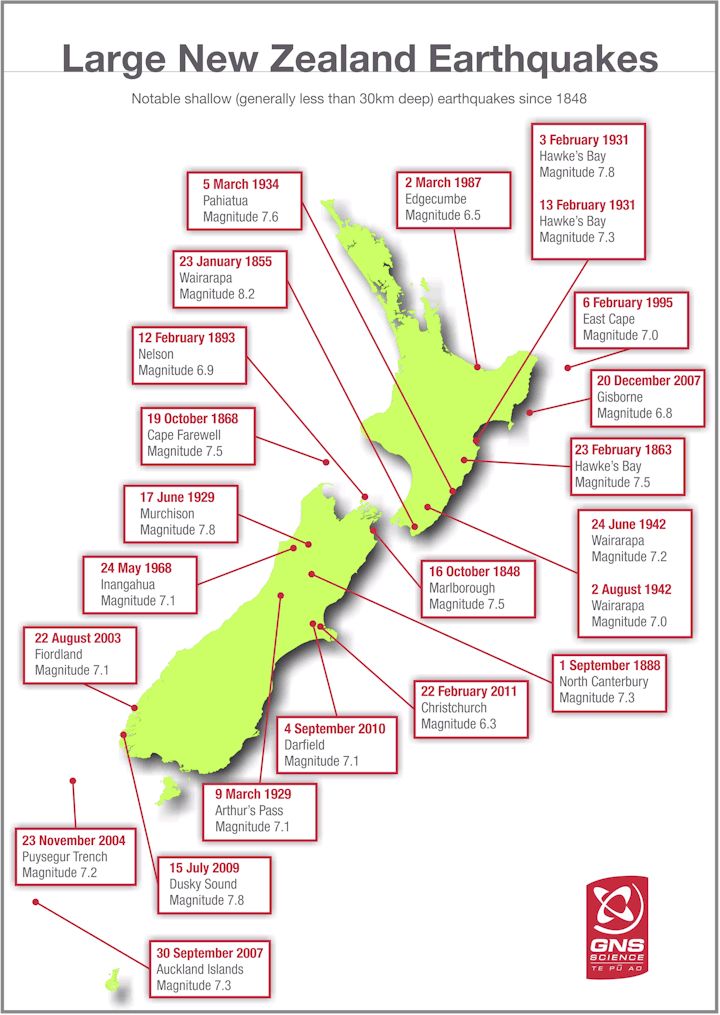
New Zealand is on the boundary of the Pacific and Australian tectonic plates, so earthquakes happen here every day.
Historic trends and records dating from the 1840s show that, on average, New Zealand can expect:
Everywhere in New Zealand is at risk of earthquakes.
Most of our earthquakes are too weak, too deep, or too far off our shores to be noticed. But, a strong, damaging, earthquake can happen at any time, and can be followed by aftershocks that continue for a long time.
Every year GNS Science locates over 15,000 earthquakes in New Zealand. About 100 – 150 of these quakes are large enough to be felt. The others we only know about because they are recorded by seismographs.
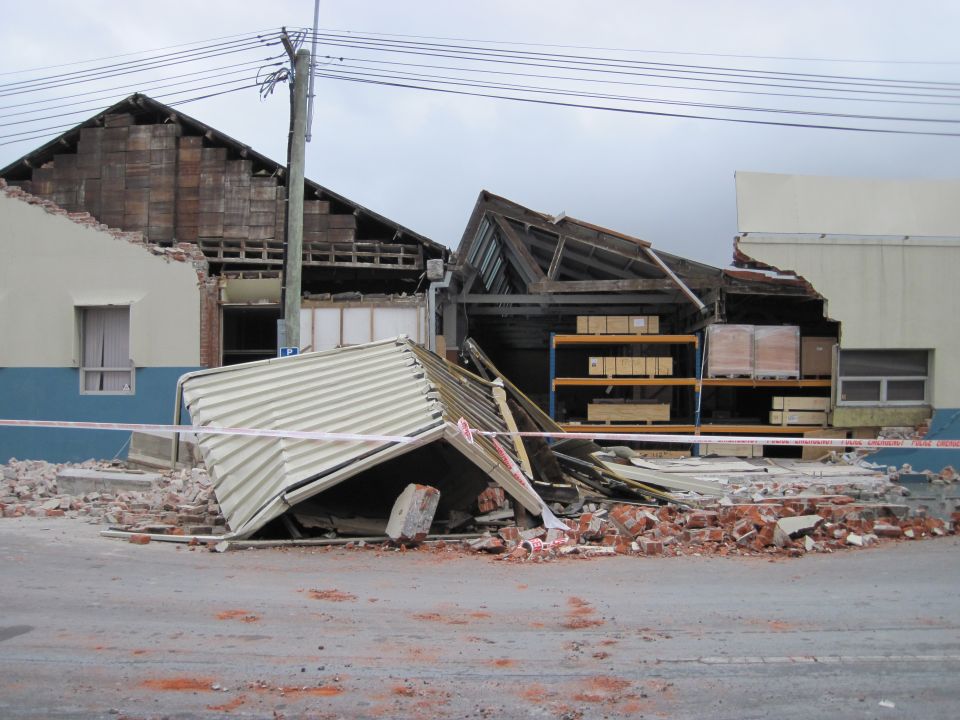
In an earthquake, ground can shake, land can move and change shape, and liquefaction can happen. Earthquakes can also trigger other hazards such as tsunami, landslides, floods and fires.
All of these hazards can cause damage to people, buildings and infrastructure, including roads, pipes in the ground, and electricity and phone networks.
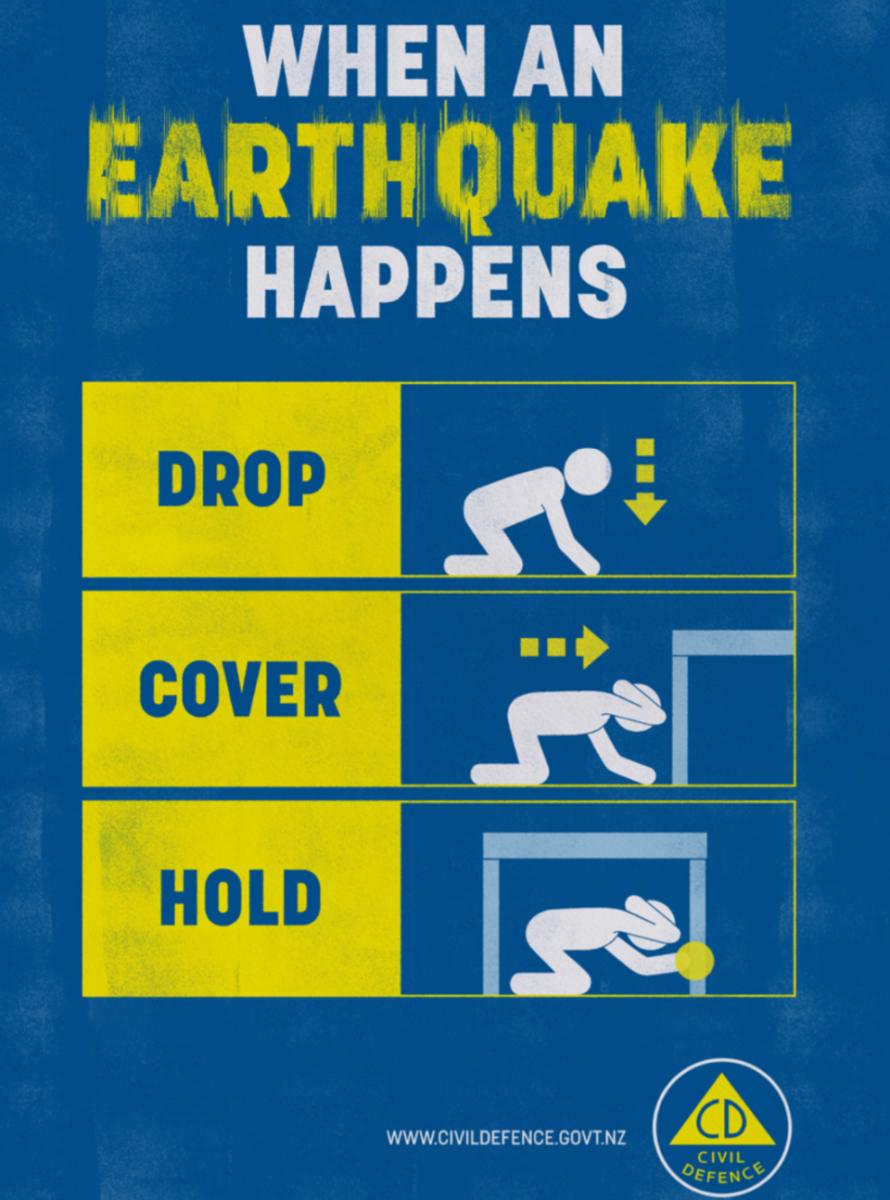
Make and practise your emergency plan with your family, and make sure you and your family each have a grab bag and emergency supplies.
Practise Drop, Cover and Hold at least twice a year. You can do this when the clocks change and by taking part in New Zealand ShakeOut, our national earthquake drill and tsunami hīkoi.
Drop, Cover and Hold is the right action to take in an earthquake. It stops you being knocked over, makes you a smaller target for falling and flying objects and protects your head, neck and vital organs.
Do not run outside or you risk getting hit by falling hazards and glass.
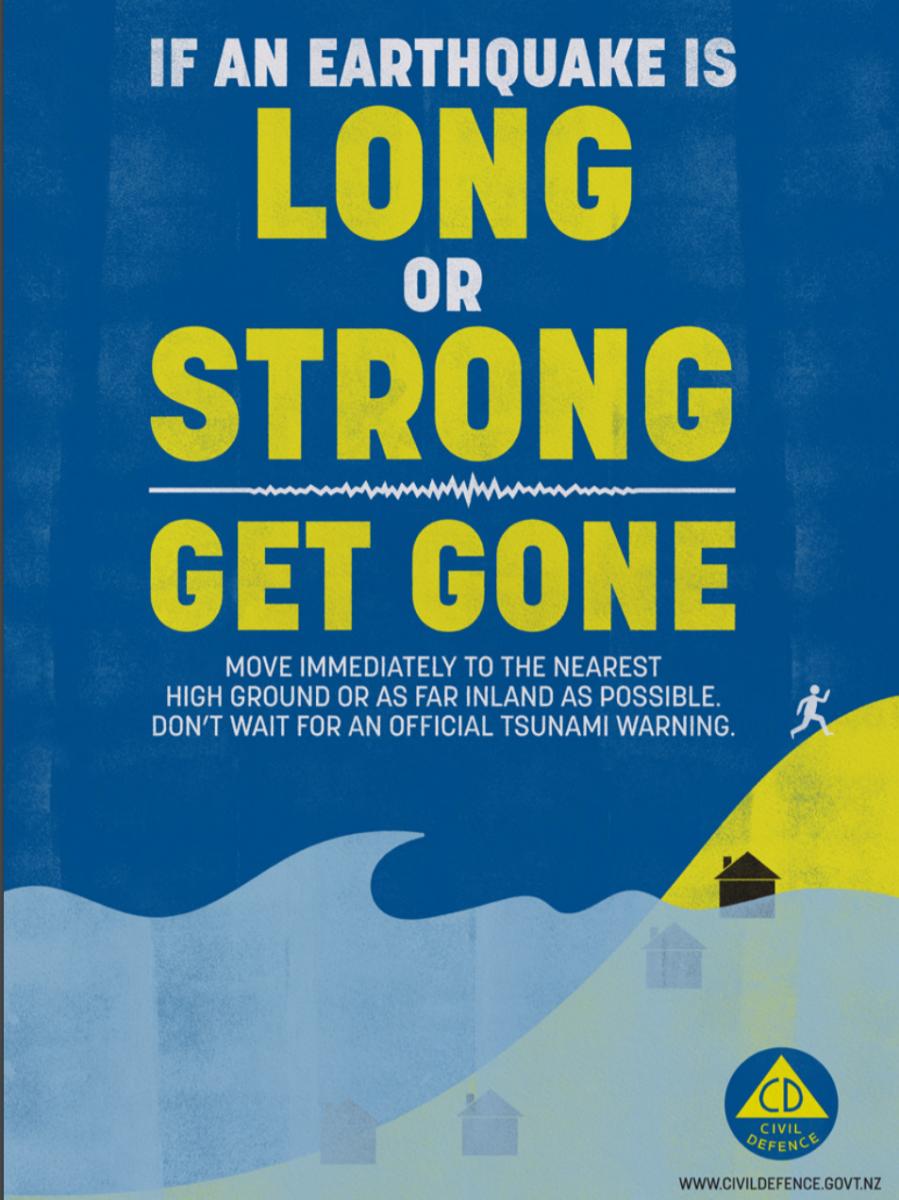
If an earthquake is longer than a minute or strong enough to make it difficult to stand, move quickly to the nearest high ground, out of all tsunami evacuation zones, or as far inland as you can as there may be risk of a tsunami. Remember: Long or Strong, Get Gone.
Most people are hurt during earthquakes from collapsing walls and roofs, and falling glass and objects. Have a look around your home, classroom and other places you visit and point out objects that could fall and hurt someone in an earthquake. Tell an adult and ask them to either move it to a safe place or fix and fasten it.
Ask your parent or caregiver about securing heavy objects both inside and outside your home.
After an earthquake, check yourself for injuries. If you need first aid tell an adult. Listen to instructions from an adult – parent or caregiver, teacher, or another adult who is looking after you.
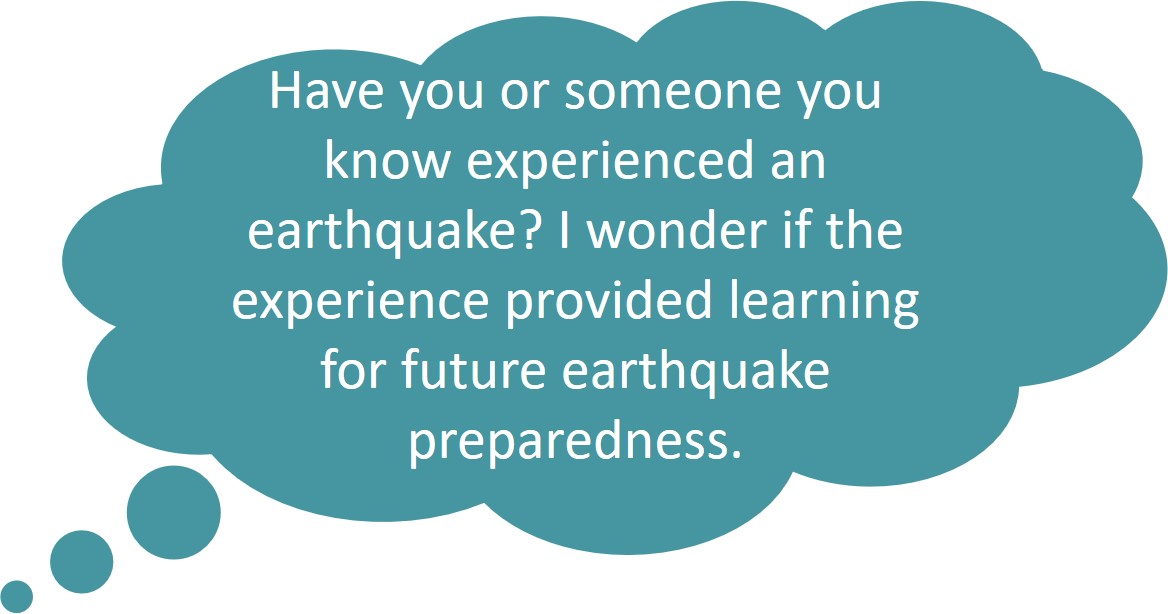
Ready for a quiz? Try the Earthquakes interactive activity.
After a large earthquake, there will most likely be aftershocks, which are smaller earthquakes that happen after the main shake. Each time you feel an aftershock, Drop, Cover and Hold.
Help your family stay informed by listening to the radio or telling an adult to follow your local Civil Defence Emergency Management group online.
Ask your parent or caregiver if it is okay to check on your neighbours.